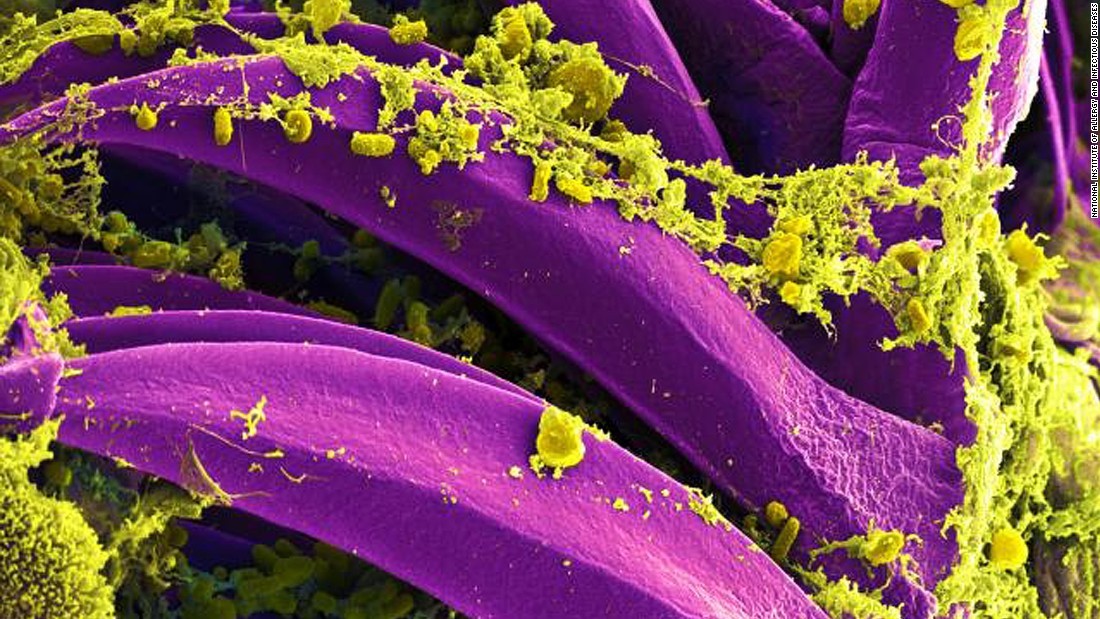
The warning will stay in place until the end of the year, according to Xinhua.
Plague, caused by bacteria and transmitted through flea bites and infected animals, is one of the deadliest bacterial infections in human history. During the Black Death in the Middle Ages, it killed an estimated 50 million people in Europe.
Bubonic plague, which is one of plague’s three forms, causes painful, swollen lymph nodes, as well as fever, chills, and coughing.
Bayannur health authorities are now urging people to take extra precautions to minimize the risk of human-to-human transmission, and to avoid hunting or eating animals that could cause infection.
Bayannur authorities warned the public to report findings of dead or sick marmots — a type of large ground squirrel that is eaten in some parts of China and the neighboring country Mongolia, and which have historically caused plague outbreaks in the region.
The marmot is believed to have caused the 1911 pneumonic plague epidemic, which killed about 63,000 people in northeast China. It was hunted for its fur, which soared in popularity among international traders. The diseased fur products were traded and transported around the country — infecting thousands along the way.
Why is plague still a thing?
The advent of antibiotics, which can treat most infections if they are caught early enough, has helped to contain plague outbreaks, preventing the type of rapid spread witnesses in Europe in the Middle Ages.
But while modern medicine can treat the plague, it has not eliminated it entirely — and it has made a recent comeback, leading the World Health Organization (WHO) to categorize it as a re-emerging disease.
Anywhere from 1,000 to 2,000 people get the plague every year, according to the WHO. But that total is likely too modest an estimate, since it doesn’t account for unreported cases.
The three most endemic countries — meaning plague exists there permanently — are the Democratic Republic of the Congo, Madagascar, and Peru.
In the United States, there have been anywhere from a few to a few dozen cases of plague every year, according to the Centers for Disease Control and Prevention. In 2015, two people in Colorado died from the plague, and the year before there were eight reported cases in the state.
There is currently no effective vaccine against plague, but modern antibiotics can prevent complications and death if given quickly enough. Untreated bubonic plague can turn into pneumonic plague, which causes rapidly developing pneumonia, after bacteria spreads to the lungs.

Malvagio fanatico dei social media. Pensatore hardcore. Pop cultureaholic. Organizzatore. Esperto di alcolici. Appassionato di cibo. Sostenitore di Twitter per tutta la vita







